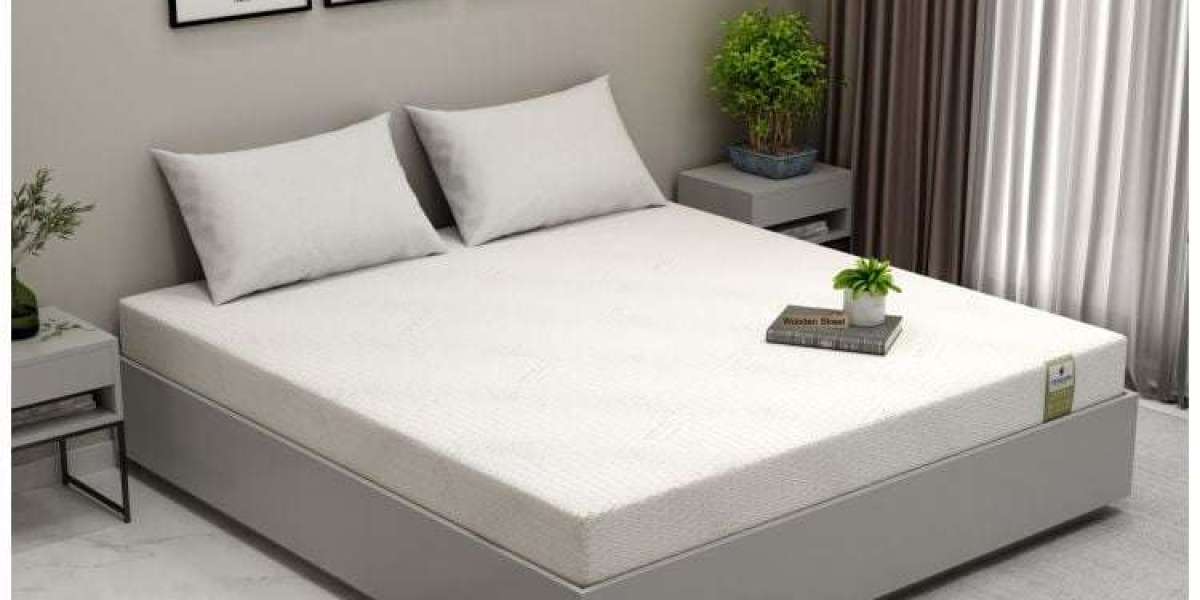A good night’s sleep is essential for your overall health, productivity, and emotional well-being. And at the heart of quality sleep lies one crucial element — your mattress. But choosing the right mattress is not just about comfort; it’s about aligning your choice with your sleeping position and health needs. With numerous types and firmness levels available today, selecting the right mattress may seem overwhelming. This guide will help you understand how to choose a mattress that supports your body and promotes restful sleep.
Why Your Sleeping Position Matters
Each person has a unique way of sleeping — on the back, side, stomach, or a combination of these. Your sleeping position greatly affects the type of mattress that will suit you best.
1. Side Sleepers
If you sleep on your side, your shoulders and hips bear most of your body weight. A mattress that is too firm can create pressure points in these areas, causing pain and discomfort.
Recommended Mattress: A medium-soft to medium-firm mattress that offers pressure relief while still providing support is ideal. Memory foam and latex mattresses are great choices for side sleepers as they conform to the body’s curves.
2. Back Sleepers
Back sleepers require a balance of support and cushioning to keep the spine aligned. A mattress that is too soft may cause the hips to sink too deeply, while one that is too firm may not provide enough lower back support.
Recommended Mattress: A medium-firm to firm mattress works best. Hybrid mattresses or latex options with firm support layers and some contouring on top are perfect for back sleepers.
3. Stomach Sleepers
Sleeping on your stomach puts stress on the neck and lower back. A soft mattress can lead to misalignment, causing back pain over time.
Recommended Mattress: A firm mattress that keeps the body elevated and prevents sinking is ideal. Look for a mattress with minimal sinkage and strong support to avoid spinal stress.
4. Combination Sleepers
People who switch positions throughout the night need a mattress that offers versatility and responsiveness.
Recommended Mattress: A responsive medium-firm mattress that adapts quickly to movement is best. Consider latex or hybrid mattresses that combine support with bounce.
Matching Mattress Features with Health Needs
Beyond sleep position, health concerns should also guide your mattress choice. Let’s look at common health conditions and suitable mattress features for each:
1. Back Pain
A sagging or unsupportive mattress can worsen back pain.
Best Choice: A medium-firm mattress that supports natural spinal alignment helps relieve pressure. Look for orthopedic mattresses or memory foam options with zoned support.
2. Joint Pain and Arthritis
People with arthritis or joint pain need a mattress that reduces pressure on sensitive areas.
Best Choice: A plush or medium-soft memory foam mattress that contours to joints and reduces pressure points is ideal.
3. Allergies or Respiratory Issues
Dust mites, mold, and bacteria can trigger allergies.
Best Choice: Hypoallergenic mattresses like natural latex or memory foam with anti-microbial covers are recommended. Also, choose a mattress with good ventilation and breathability.
4. Pregnancy
Pregnant women often experience pressure and discomfort, especially in the back and hips.
Best Choice: A soft-to-medium mattress that cushions the body and offers full-body support is ideal. Adjustable beds can also provide extra relief by elevating certain body parts.
Mattress Types and Materials
Understanding different mattress types can help you narrow down your options:
Memory Foam: Excellent for pressure relief and contouring. Great for side sleepers and those with joint pain.
Latex: Naturally responsive and breathable. Ideal for back sleepers and allergy-prone individuals.
Innerspring: Traditional feel with bouncy support. Best for stomach sleepers and those who prefer a firm surface.
Hybrid: Combines coils and foam/latex layers. Offers balanced support and comfort for all types of sleepers.
Final Tips for Choosing the Right Mattress
Try Before You Buy: If possible, test the mattress in-store or choose one with a trial period.
Consider Mattress Size: Make sure the mattress fits your bed frame and allows enough room for movement.
Check Return Policy: A good return policy or trial period ensures peace of mind if the mattress isn’t right for you.
Conclusion
Choosing the right mattress involves more than just comfort; it requires understanding how your sleep position and health conditions interact with the mattress’s firmness, support, and materials. By investing time in choosing a suitable mattress, you’ll not only improve your sleep quality but also enhance your overall health and daily life. Whether you're a side sleeper with joint pain or a back sleeper looking for firm support, there’s a perfect mattress out there for you.






